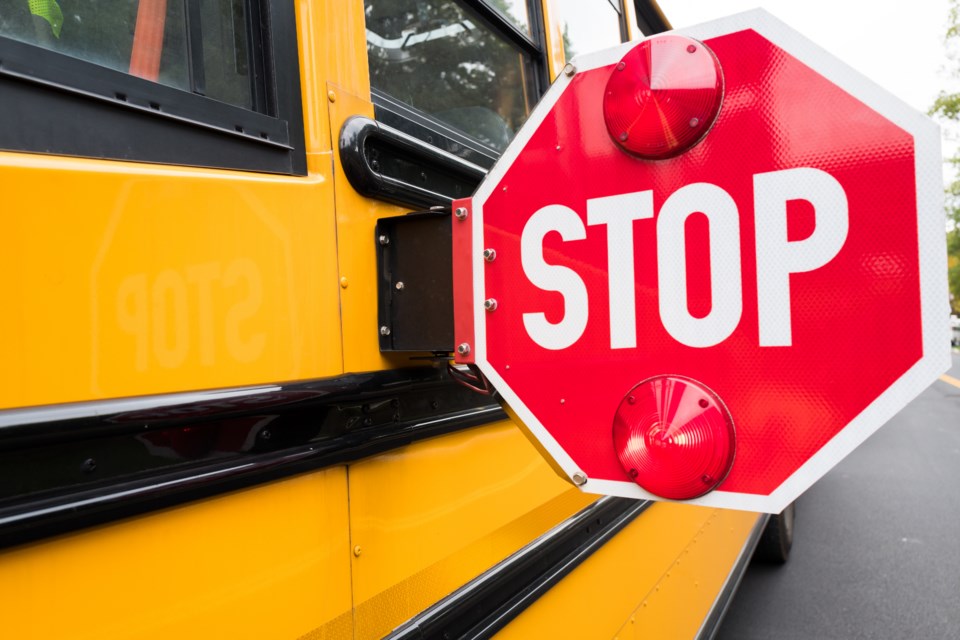THUNDER BAY — Starting this September, school buses serving the Thunder Bay area will make fewer stops along their routes.
It's the result of policy changes announced Wednesday by Student Transportation Services of Thunder Bay, the consortium that oversees busing for three school boards.
A key change involves the use of additional Community Bus Stops, where buses pick up groups of students from neighbourhoods to reduce the frequency of stops.
The consortium currently uses them mostly for senior students and students in high-density areas.
Under the new policy, community stops will become more the norm in all urban and developed rural neighbourhoods.
Students living in the same area will walk to their designated stop and be picked up in larger groups.
STSTB Manager Craig Murphy says "In many instances right now, we have the bus making many stops in the neighbourhood. It's just terribly inefficient. The premise is (that) students shouldn't be coming to the bus. The bus should be coming to them."
Murphy said the locations of the new stops will be based primarily on the addresses of kindergarten students.
Pickup/dropoff points will be a minimum of 200 metres apart for elementary students and 400 metres apart for high school students.
The consortium will retain the existing maximum walking distances between students' homes and pickup points, which are 160 metres for JK and SK pupils, 400 metres for grades 1 to 3, and 800 metres for all other students.
It's not clear yet, Murphy said, how many stops the new approach will eliminate.
The results of the realignment will be disseminated to parents and students around the middle of July.
Two other policy changes will also be implemented this fall.
The consortium plans to make greater utilization of School Loading Zones as transfer points.
"Without interfering in everyday elementary school operations, the loading zones of these schools will be considered as transfer points and community bus stops for all secondary students of the same board," the announcement said.
Murphy explained that there are currently a number of group pickup locations for high school students at street corners or cross streets "and there's quite a lot of kids to have the bus stop for a prolonged period, sometimes with students waiting on a very narrow sidewalk."
He said that a review has shown that many high school students live within 800 metres of their neighbourhood elementary school, so they will be able to walk there to be picked up in the school bus loading zone. They will be dropped off at the same location at the end of the day.
Murphy said this policy will only apply in situations where it will not interfere with operations at the elementary school itself.
The third change is aimed at maintaining consistent ridership on buses.
Students who don't ride their designated bus for 20 or more consecutive school days without a valid reason will see their names removed from the transportation service list.
"Busing is provided for students who need it, not as a 'just in case,' " Murphy said. "There's no point in saving a seat on a bus for a student who never uses it."
Earlier this year, the consortium revealed that on some bus routes only one-third of the students eligible for transportation were actually using the service.
That has prompted a new requirement for senior elementary and high school students to register for busing each year.
